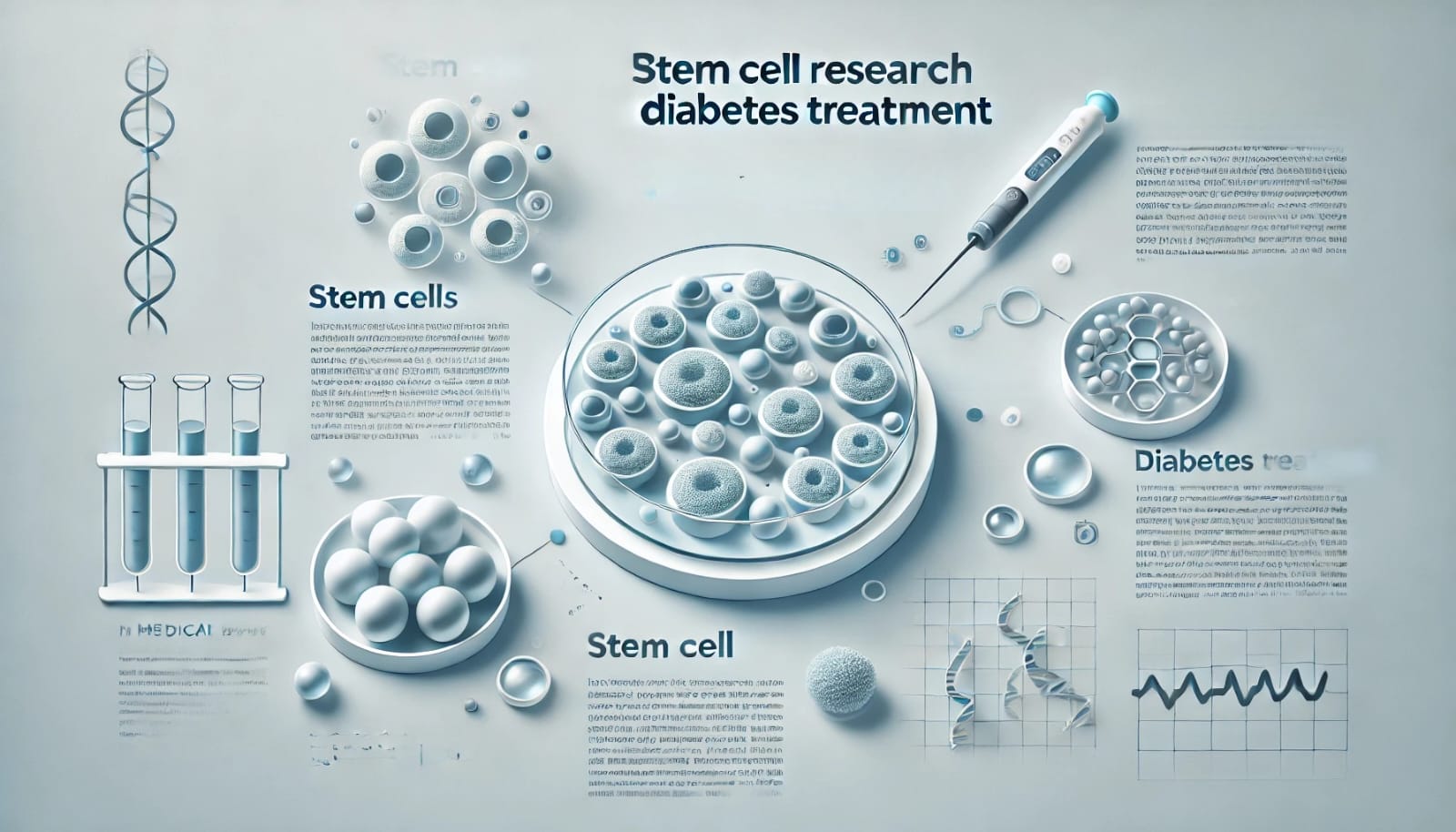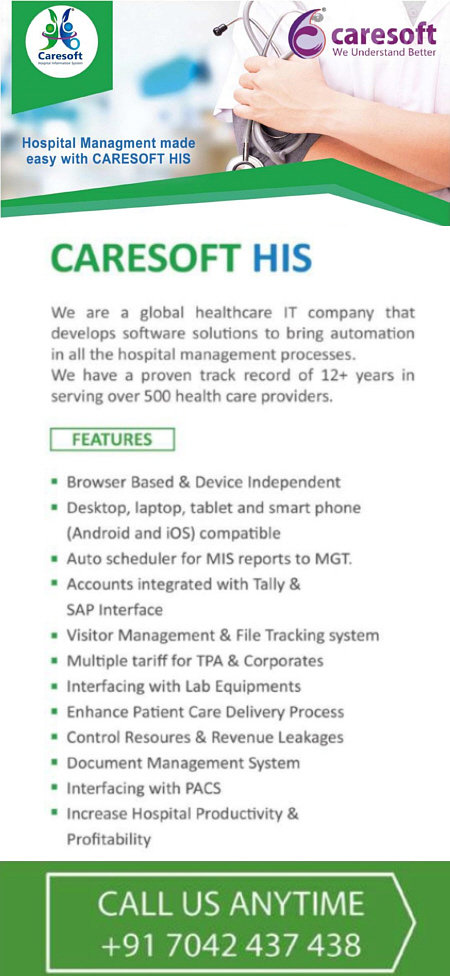Can We Cure Diabetes? The Stem Cell Discovery That’s Shocking The World
For the millions of individuals managing type 1 diabetes, the possibility of an insulin-free life is no longer just a dream it is a tangible reality on the horizon.

The fight against type 1 diabetes has long been defined by insulin injections, blood sugar monitoring, and the constant battle to maintain glucose levels. But a recent breakthrough in China has sparked hope that an alternative perhaps even a cure could be within reach. A 25-year-old woman, once reliant on insulin, underwent a revolutionary procedure using her own reprogrammed stem cells. Within months, she was producing insulin naturally, a feat that challenges the very foundation of diabetes management.
This development raises crucial questions: Could this approach redefine diabetes care? How soon can such treatments become widely available? And what does this mean for endocrinologists, diabetologists, and researchers striving to improve outcomes for millions of patients?
Stem cell therapy has been a promising yet elusive field in diabetes research. While pancreatic transplants and islet cell replacement therapies have been explored, rejection and the need for lifelong immunosuppression have limited their success. However, in this case, scientists sidestepped these challenges by using the patient’s own cells.
The process involved harvesting fat cells, which were then chemically reprogrammed into pluripotent stem cells which were capable of transforming into any tissue in the body. These stem cells were further guided to become insulin-producing islet cells, which were then transplanted into her abdomen. The results were nothing short of remarkable. Within three months, she was producing her own insulin, and over a year later, she remained free from injections.
For decades, type 1 diabetes has been managed rather than cured. Patients have depended on synthetic insulin, continuous glucose monitors, and evolving delivery systems like insulin pumps. However, this case challenges the conventional belief that type 1 diabetes is a lifelong condition.
This approach offers several key advantages:
1. Personalized Therapy – Using a patient’s own stem cells eliminates the risk of immune rejection.
2. Elimination of Insulin Dependence – The patient’s body resumed insulin production, significantly reducing the need for external insulin.
3. Reduced Long-Term Complications – If stem cell therapy proves viable for more patients, it could prevent diabetes-related complications such as neuropathy, nephropathy, and retinopathy.
While this case represents a major step forward, it is important to recognize that it remains a single case study. Several hurdles must be addressed before this treatment becomes a standard option:
1. Scalability and Cost: Stem cell therapies are complex, expensive, and require highly specialized technology. Scaling this breakthrough for millions of patients worldwide will require significant investment, regulatory approvals, and the establishment of accessible treatment centers.
2. Long-Term Safety and Efficacy: This patient’s success is promising, but long-term monitoring is needed. Will the transplanted cells continue functioning effectively for decades? Are there risks of tumor formation, cell degradation, or autoimmune rejection over time?
3. Regulatory Hurdles: Introducing a new therapy into mainstream medicine involves rigorous clinical trials, ethical considerations, and regulatory approvals. Each country has different frameworks governing stem cell research, which could delay global adoption.
This breakthrough reignites hope for a future where insulin dependence is no longer the norm for type 1 diabetics. Researchers are already working to refine this technique, improve cell survival rates, and explore ways to make it more accessible.
Beyond diabetes, this advancement also underscores the broader potential of regenerative medicine. If stem cells can successfully restore insulin production, could similar approaches be applied to other autoimmune conditions like multiple sclerosis or rheumatoid arthritis?
For diabetologists, endocrinologists, and general practitioners, this research presents a paradigm shift. Instead of solely focusing on insulin therapy, the future may involve discussing cell-based regenerative treatments with patients. As more research unfolds, medical professionals must stay updated on clinical trial results, emerging treatment protocols, and potential patient eligibility criteria.
Additionally, patient counseling will become increasingly important. Many patients, upon hearing about such advancements, may seek immediate access. However, it is crucial to set realistic expectations while research continues.
This case marks an exciting step forward in diabetes research, but it is not yet a definitive cure. More studies, clinical trials, and technological advancements are necessary before this therapy can be widely adopted. However, for the millions of individuals managing type 1 diabetes, the possibility of an insulin-free life is no longer just a dream it is a tangible reality on the horizon.
For now, the medical community watches closely, hopeful that this breakthrough will one day transform diabetes care forever.
 Sunny Parayan
Sunny Parayan
#DiabetesCure #StemCellBreakthrough #MedicalInnovation #DiabetesResearch #FutureOfMedicine #HealthcareRevolution #DiabetesTreatment #StemCellTherapy #DiabetesBreakthrough #DiabetesAwareness #healthvoice
